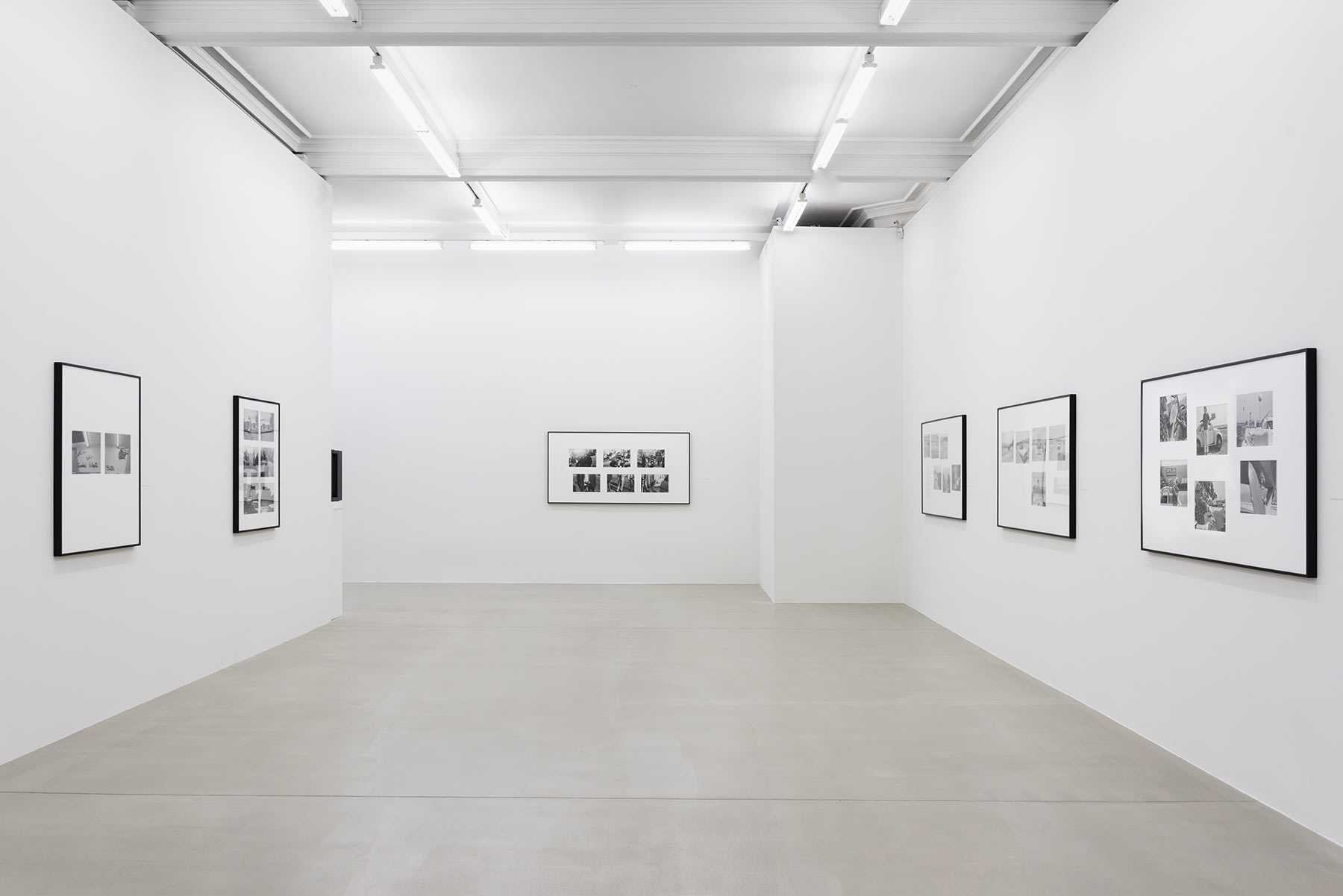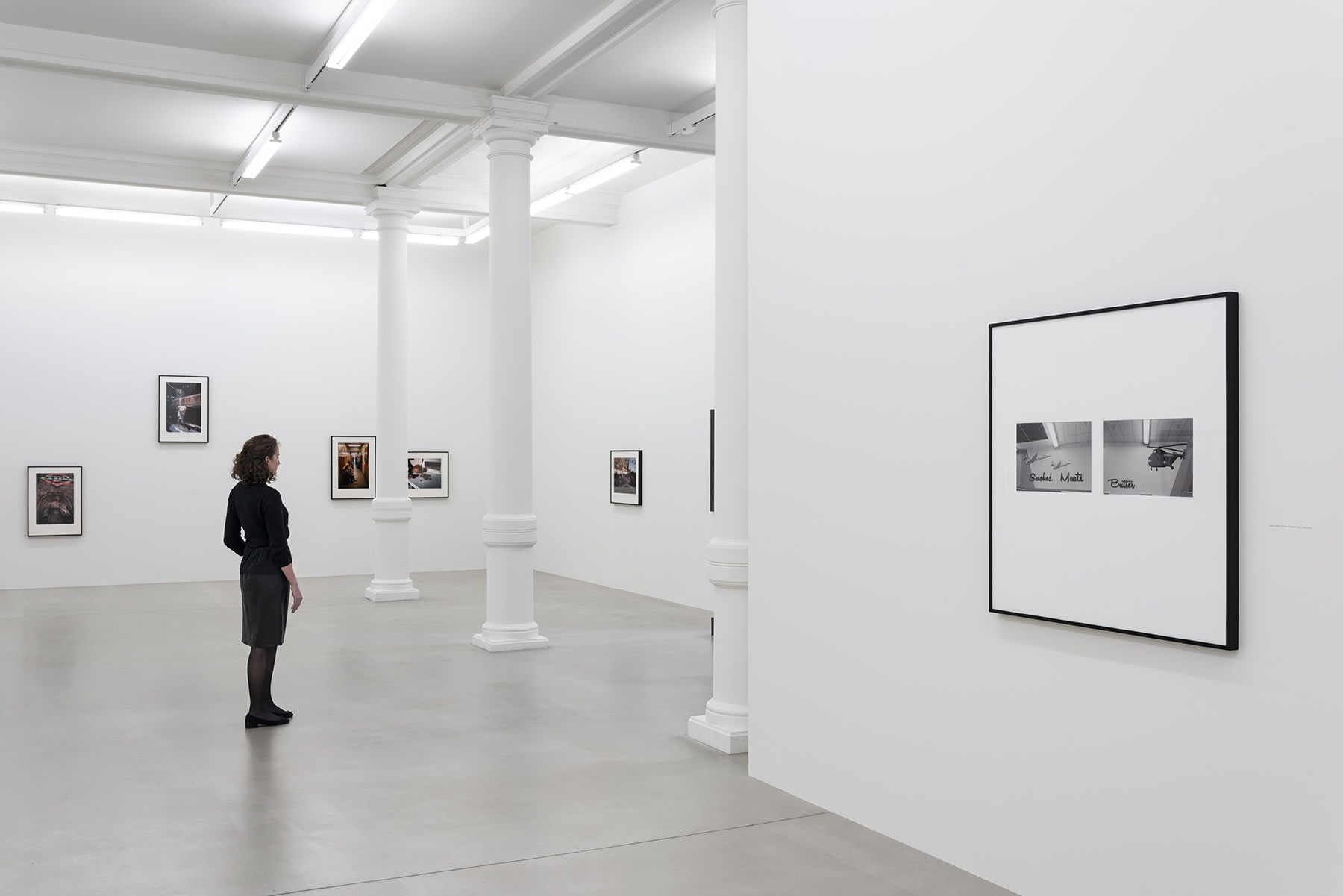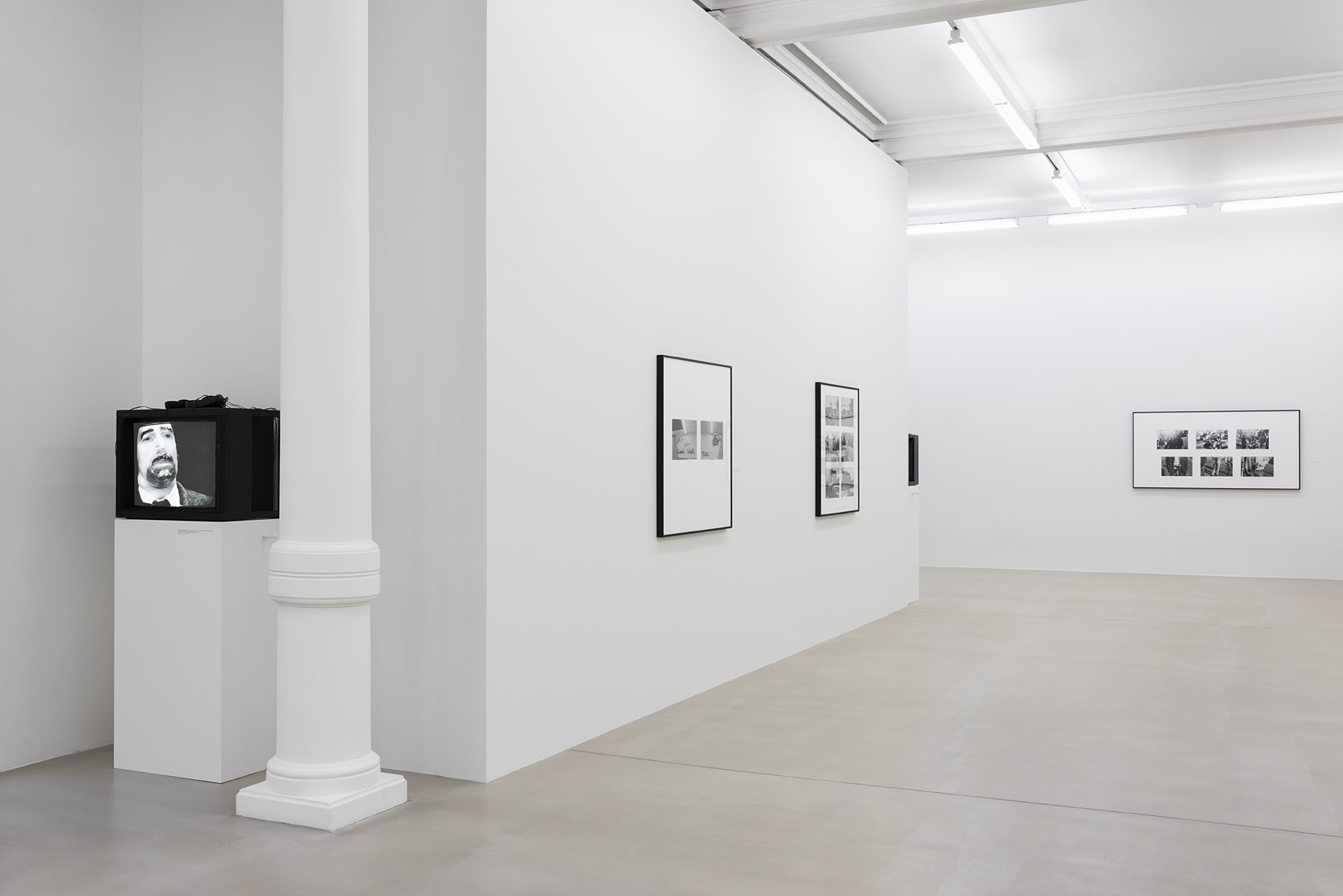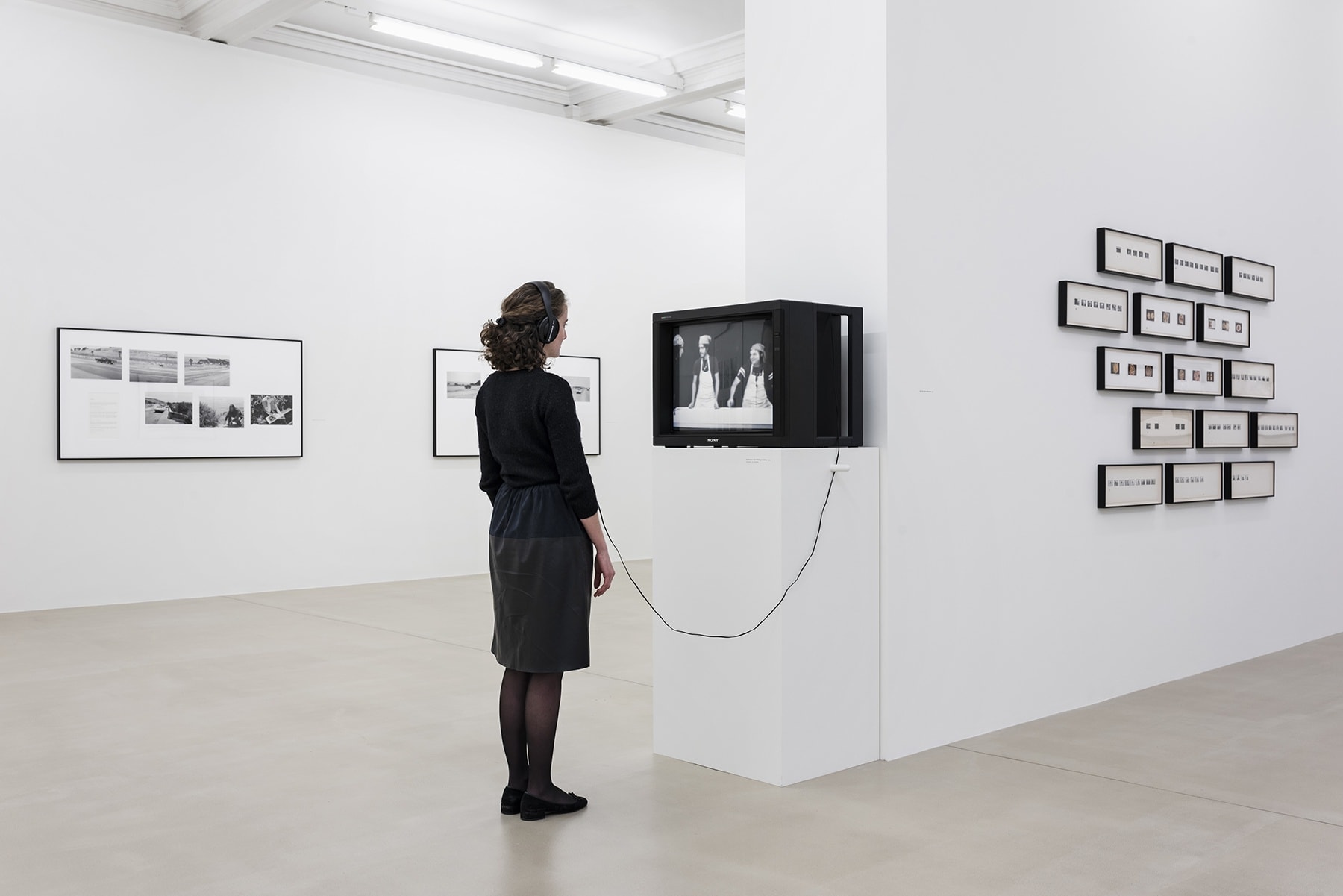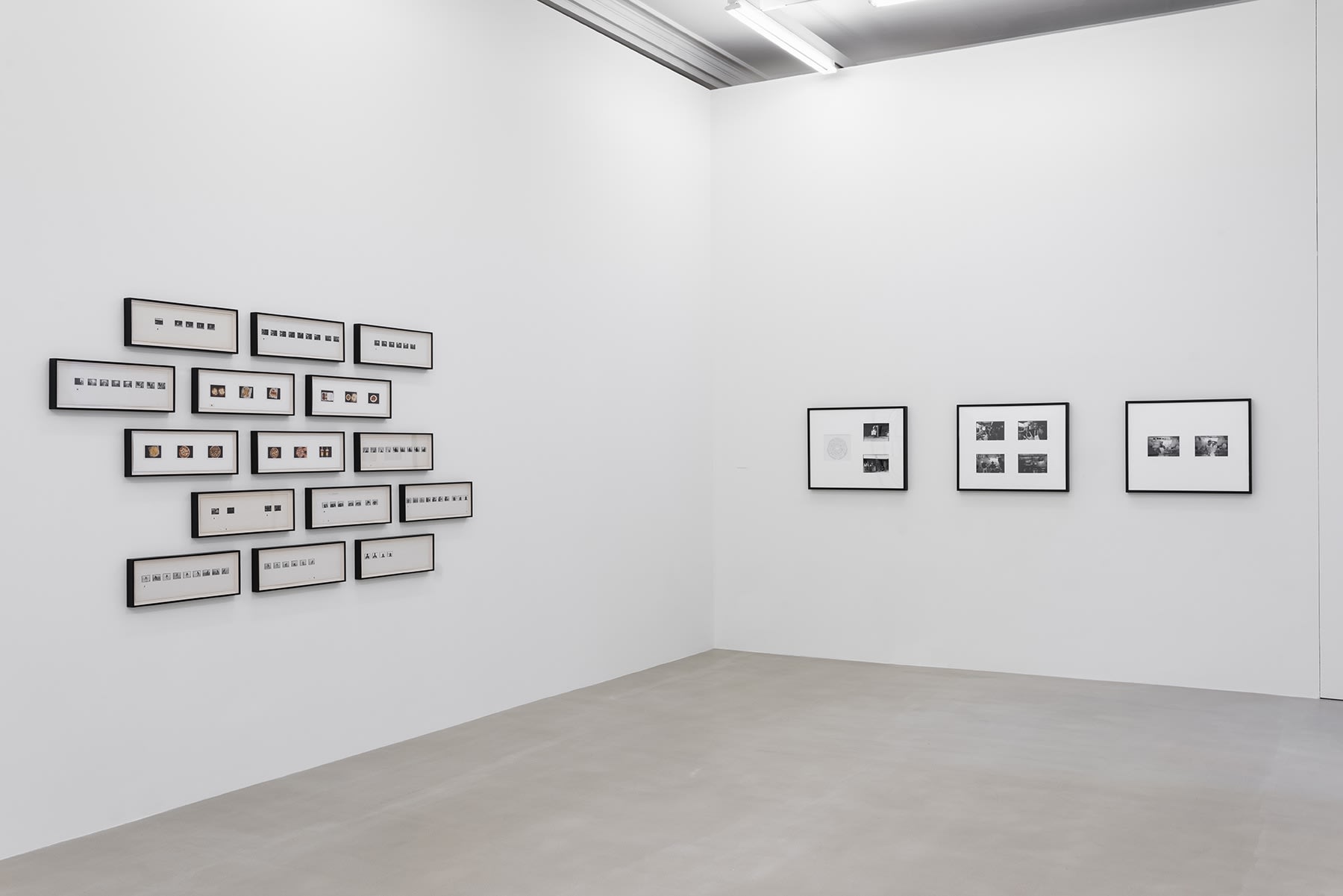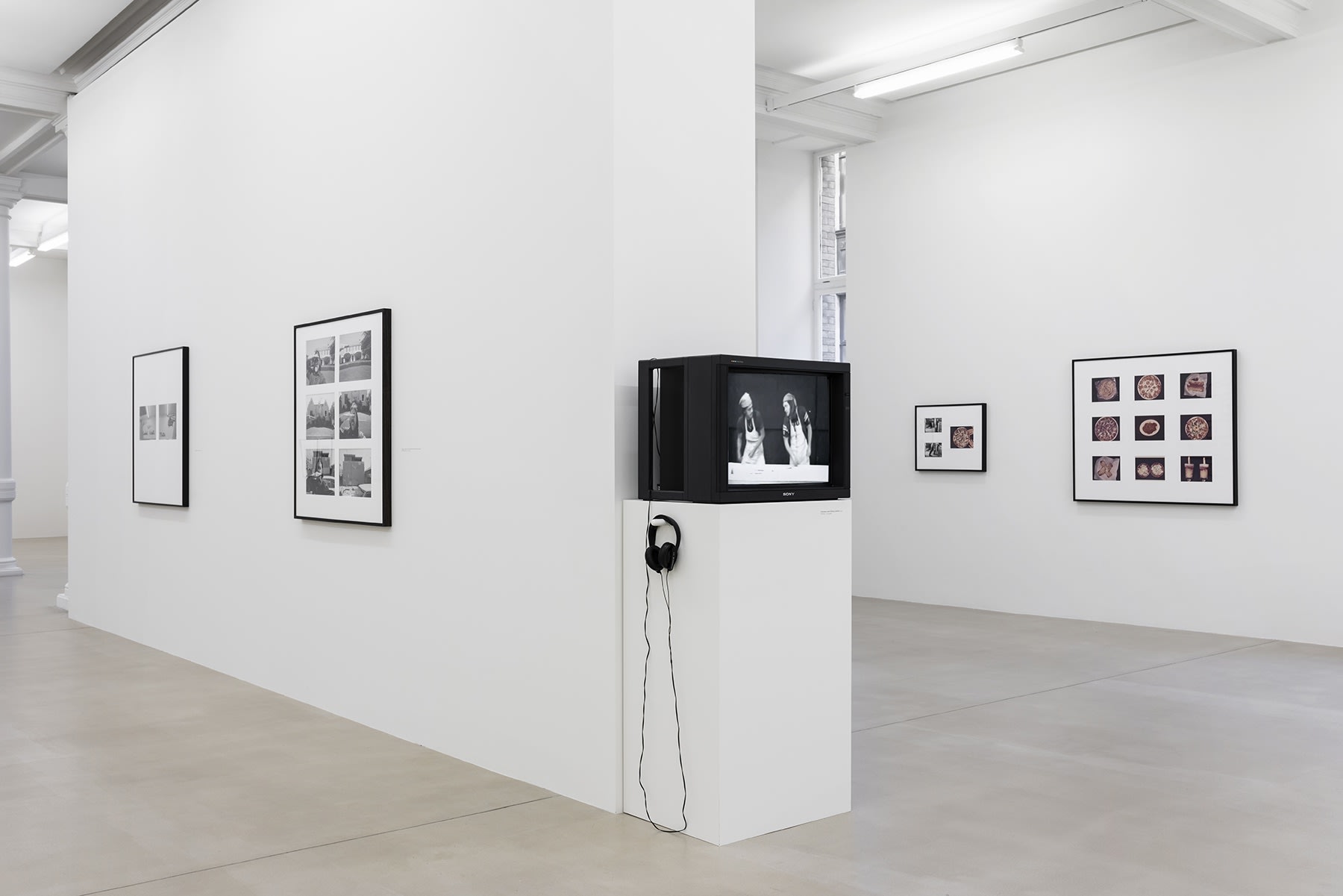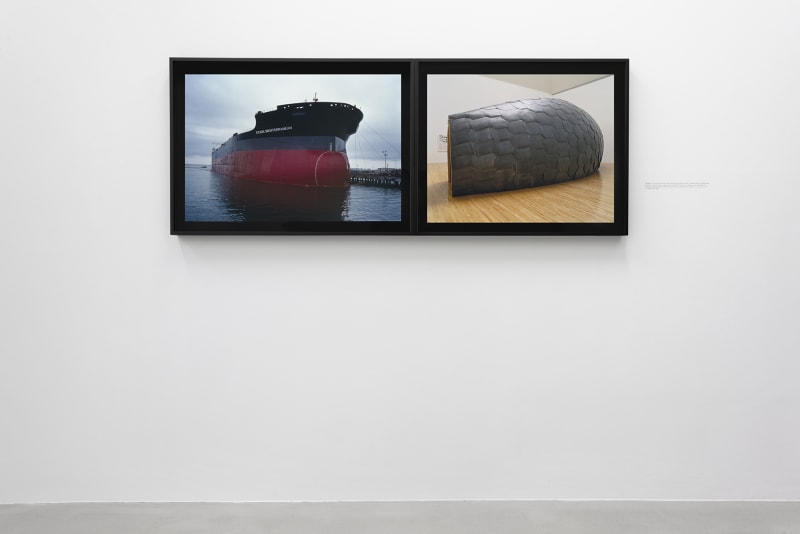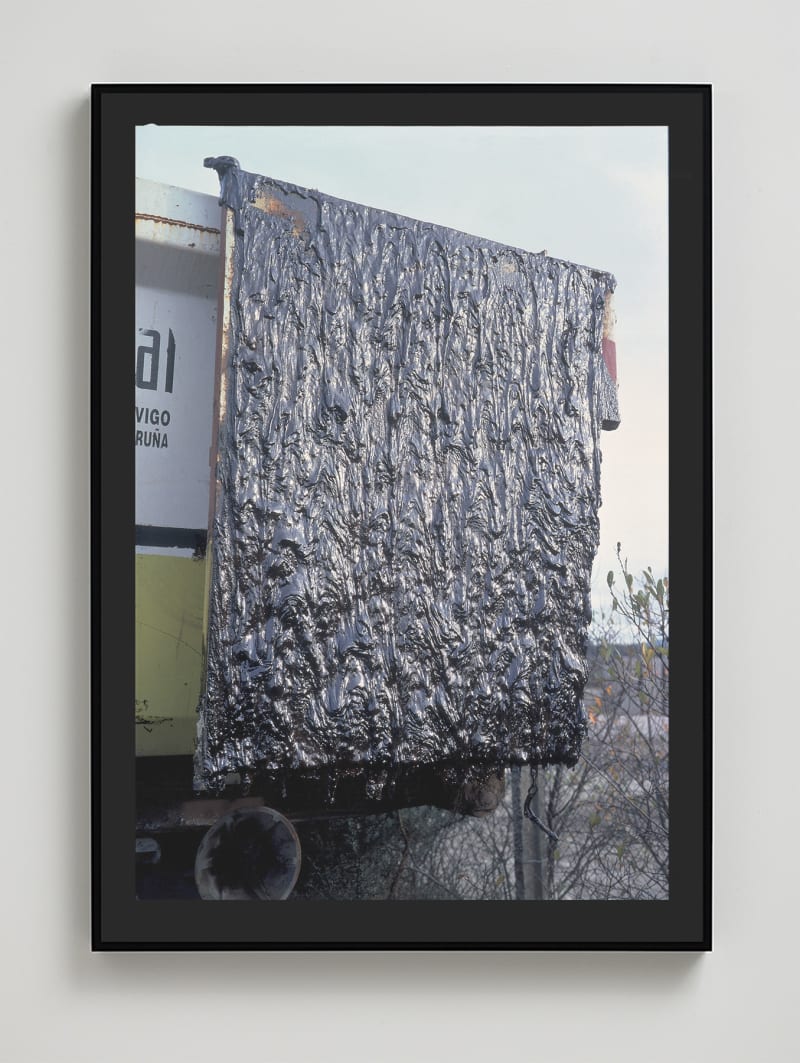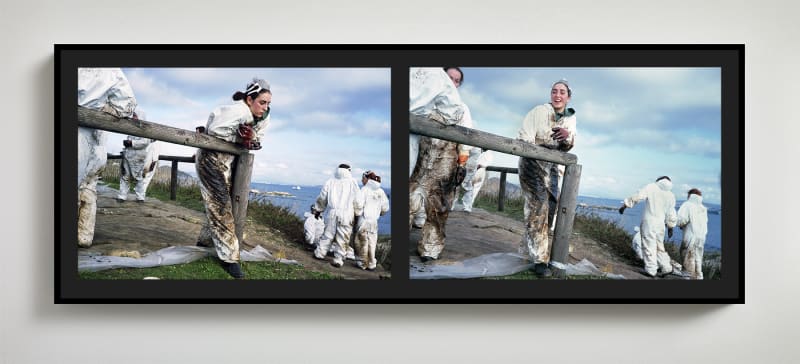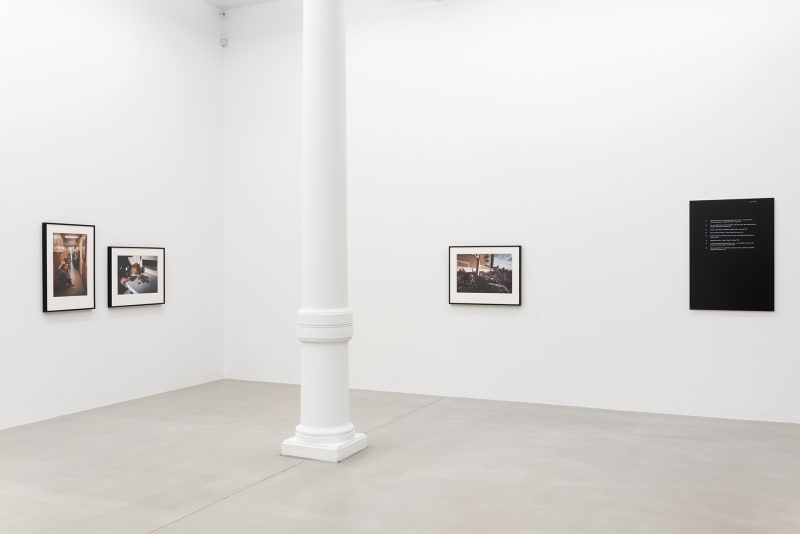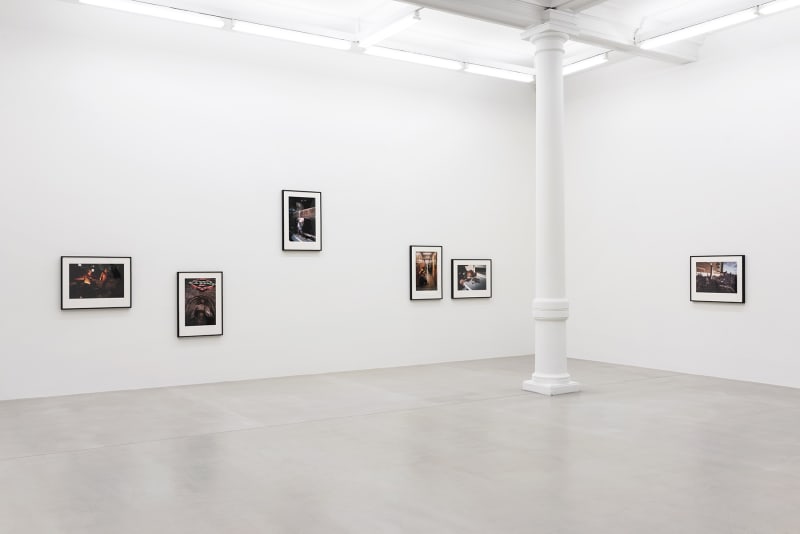Overview
Marian Goodman Gallery London is delighted to present an exhibition of works by the late American artist Allan Sekula (1951-2013), curated by Marie Muracciole. The presentation will bring together a selection of significant works, highlighting the formal and conceptual links between different periods of the artist’s practice, including photography, film and criticism.
Allan Sekula: Photography, A Wonderfully Inadequate Medium
Curated by Marie Muracciole
14 March – 18 May 2019
Opening reception: Thursday, 14th May, 6-8 pm
Screening Schedule: Allan Sekula, Lottery of the Sea
12 pm | 3 pm (Duration: 3 hours)
Facts do not find their way into the world in which our beliefs reside.
- Marcel Proust
Marian Goodman Gallery London is delighted to present an exhibition of works by the late American artist Allan Sekula (1951-2013), curated by Marie Muracciole. The presentation will bring together a selection of significant works, highlighting the formal and conceptual links between different periods of the artist’s practice, including photography, film and criticism.
From his student days at the University of California, San Diego, Allan Sekula witnessed the economic and social changes that eventually ended up tightly restructuring the global economic situation as well as the socio-economic structures in the United States today. Inspired very early on by critical Marxist theory, his work was consistently politically engaged without becoming doctrinaire, and remained involved in recording the evolution of the labour world in the face of global capitalism. This exhibition will demonstrate the ways in which he documented his Californian surroundings, as in the photographic narratives of California Stories (1973-2011). It was at this time that Sekula was building his practice against the preference developed by conceptual photography of erasing any human presence, by taking charge of the medium’s vernacular uses. Hence the huge importance of his writings – that were published in 1982 with photographic essays by Benjamin Buchloh in Photography Against the Grain – that have stayed seminal to the critical history of the medium.
Sekula approached photography as he did film, forming the concept of the “disassembled movie” by creating montages between images and texts − against the myth of adequacy and sufficiency of the medium. He experimented with diverse ways of intertwining the visual and the written in his photographic essays, arguing that the photograph, especially the single photographic image, is radically insufficient as a mode of social and artistic communication. In his work, images are always part of a wider series. He would produce a slideshow or a sequence and relate it to his writings, which in return related to images, but also to art and literature with references that would shed light on his photographs. One example of this is Sekula’s major photographic essay, Fish Story, from which two slideshows will be on display in the exhibition.
Having grown up in a harbour, Sekula was very aware of the sea world as a material, social and economic space for the problems raised by capitalism and through this, by globalization. In the course of the nine chapters of Fish Story, as in other series like Black Tide/Mare Negra, or films like Lottery of the Sea, Sekula developed his theory of the maritime world – where he was traveling for months – as a significantly “forgotten space”.
Introducing the exhibition is another early piece, This Ain’t China (1974), in which Sekula portrays the struggles of a group of workers due to their working conditions, in the manner of a photonovel. It is shown here together with its model, and with an early video piece about the same topic, Performance Under Working Conditions. From his early practice, bringing together images, texts and sounds, Sekula pushed the boundaries between photography and cinema; his work can be seen as a discontinuous assemblage that enables the viewer to address specific questions about the medium: how does photography serve to legitimate and normalise existing power relationships? … How is historical and social memory preserved, transformed, restricted and obliterated by photographs?.
Through his reflections over the medium of photography, Sekula shifted its function to render reality in its core. His awareness of the processes by which meaning is manufactured or created was inseparable from his desire to act upon them… (he) was interested in the constitutive fabric of meaning rather than its representation, and used a variety of different media to transform reality and no longer preserve it as an image. The exhibition will show how facts and knowledge push his images to the boundaries of the aesthetic and artistic outcome of photography. Together a writer, film maker, photographer, theoretician and teacher, Sekula was political in his way of experimenting against the conception of an art based on the coherence of a system or on the homogeneity of a style.
Marian Goodman Gallery would like to thank Allan Sekula Studio for its support of the exhibition.
Please join us for the private view on Thursday 14 March 6 – 8 pm
For further information, please contact Charlie Nia Dunnery McCracken at charlie@mariangoodman.com or +44 (0) 20 7099 0088.
For all press enquiries, please contact Rosanna Hawkins at Rees & Co: Rosanna@reesandco.com or +44 (0) 20 3137 8776.

